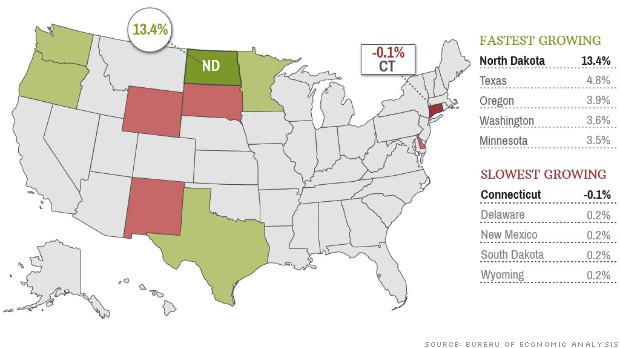
Throughout the spring and summer, United States Secretary of Education Arne Duncan has travelled the country to build support for President Obama’s “Preschool for All” program. He has made stops in Colorado, Georgia, Minnesota, Wyoming, and several other states. Recently, he began his weeklong “Strong Start, Bright Future” bus tour of the Southwest. To kick off the tour, Duncan spoke at United Way of Santa Fe County Early Learning Center and at Emerson Elementary School in Albuquerque.
Secretary Duncan spoke mainly about President Obama’s early education program, which was introduced this past spring as part of the President’s fiscal year 2014 budget proposal. The program is designed to expand preschool access and would be funded with a mix of state and federal dollars. Over the first ten years of the program, the federal government has committed to spend $75 billion dollars, which would be raised by increasing the federal excise tax on cigarettes by 93 percent as well as increasing the tax rates on other tobacco products. The states that choose to participate in the program cover about ten percent of its cost in year one but their funding obligations increase steadily each year—rising to 50 percent in year five and a whopping 75 percent in year ten. So if our state participates in the program, New Mexico’s taxpayers will be responsible for funding the greater share of the program in the long-term.
Improving our nation’s education system, particularly for our youngest students is crucial to improving graduation rates and preparing our children to enter high school, college, and the workforce, however the results of pre-K programs already enacted in various states is decidedly mixed. More than a decade after offering students universal preschool, neither Georgia nor Oklahoma which have two of the longest-running pre-k programs has shown impressive gains in students’ academic achievement, as measured by the National Assessment of Educational Progress (NAEP).
Even if pre-k were a slam dunk in terms of student success, the program’s funding mechanism is incredibly problematic. Over time, the Obama proposal increases the financial burden on the New Mexico taxpayers in ways that make this expansion unaffordable.
Tobacco taxes, particularly cigarette taxes, have proven to be very unreliable sources of revenue. The non-partisan Tax Foundation, a Washington, D.C.-based think tank, calls the decision to fund the program with cigarette taxes “a recipe for increasingly large deficits” because the cigarette tax will not raise the necessary revenue after year ten.
The introduction of a new tobacco tax increase could affect non-smokers as well. According to the National Taxpayers Union, between 2001 and 2011, 70 percent of tobacco tax increases were followed by other tax hikes over the next two years. Cigarette tax increases have the effect of decreasing tax-paid sales because they encourage adult tobacco consumers to seek out the cheaper and oftentimes untaxed alternatives available online, in other states, or even on the black market. For example, in 2009, the federal government increased the per pack cigarette excise tax from $.39 to $1.01, and in the following year, tax-paid sales on cigarettes fell 8 percent nationwide. This precedent could prove to be problematic for the President’s initiative, as the federally financed portion of the early education program is entirely reliant on tobacco taxes.
In addition to potentially jeopardizing this program’s finances, the tax increase could have negative economic impacts on our state. It could hurt retailers, particularly convenience stores, who rely on the sale of tobacco products for nearly 40 percent of in-store sales and lead to increased smuggling. Furthermore, tobacco taxes are highly regressive, as they unfairly target adult tobacco consumers, most of whom earn incomes far below the state and national averages.
The low initial cost of entry into the new pre-k program is very tempting, but New Mexico taxpayers cannot afford to be left bearing the burden of an expensive new government program. If history repeats itself, as it likely could, these federal tobacco taxes may fall short of their revenue projections and New Mexico taxpayers could end up paying much more than expected. This is not fair to our children or the hardworking New Mexicans who will have to pick up the tab.
Ruben Pacheco is a Policy Analyst with New Mexico’s Rio Grande Foundation. The Rio Grande Foundation is an independent, non-partisan, tax-exempt research and educational organization dedicated to promoting prosperity for New Mexico based on principles of limited government, economic freedom and individual responsibility





